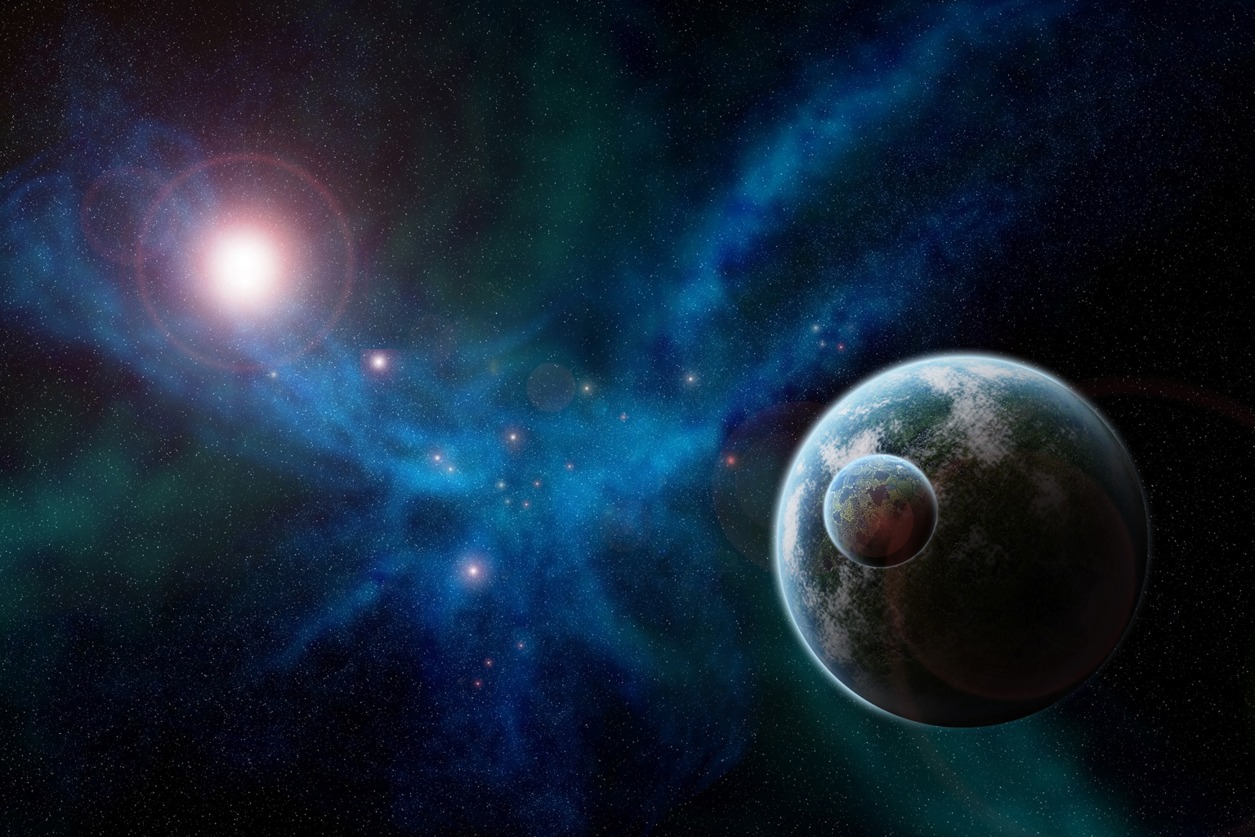When you look up at the night sky, stars and planets often appear as tiny points of light.
To the naked eye, they can look almost the same. But scientifically, a star and a planet are very different objects.
In this guide, we’ll break down the differences between a planet and a star in simple terms.
What Is a Star?
A star is a massive, glowing ball of hot gases, mainly hydrogen and helium. Stars produce their own light and heat through a process called nuclear fusion.
- The Sun is the closest star to Earth.
- Stars shine because nuclear reactions in their core release huge amounts of energy.
- This light travels across space and reaches us even if the star is millions of light-years away.
In short, stars are the “power plants” of the universe.
What Is a Planet?
A planet is a large object that orbits a star. Planets do not make their own light; they reflect the light of the star they circle.
- Earth, Mars, and Jupiter are planets orbiting the Sun.
- A planet must be big enough for gravity to pull it into a round shape.
- It must also clear its orbit of other large objects.
Planets can be rocky like Earth or gaseous like Jupiter, but none can shine on their own like stars.
Key Differences Between Planets and Stars
| Feature | Star | Planet |
|---|---|---|
| Light | Produces its own light through nuclear fusion | Reflects light from a star |
| Heat | Extremely hot, surface temps can reach thousands of °C | Much cooler, temperature depends on distance from star |
| Composition | Mostly hydrogen and helium gas | Can be rocky, gaseous, or icy |
| Size | Much larger than planets | Smaller compared to stars |
| Orbit | Fixed in space, but part of galaxies | Orbits around a star |
| Example | The Sun, Sirius, Polaris | Earth, Mars, Jupiter |
How to Spot the Difference in the Sky
To the human eye, both appear as bright points. But there are clues:
- Stars twinkle because their light passes through Earth’s atmosphere.
- Planets shine steadily because they are closer and their light is less disturbed.
- Planets also change position in the sky over days and weeks because they orbit the Sun, while stars appear fixed relative to each other.
Why the Difference Matters
Understanding the difference helps us see our place in the universe:
- Stars are the sources of light and energy that make life possible.
- Planets, like Earth, are the worlds where life can develop, depending on conditions.
- Studying both helps scientists learn how solar systems form and whether other planets might host life.
Final Thoughts
The main difference is simple: stars make their own light, planets do not. Stars are giant, burning spheres of gas, while planets are smaller bodies that orbit stars and shine only by reflecting starlight.
So the next time you gaze at the night sky, remember: the steady, non-twinkling lights are probably planets, and the ones that twinkle are stars.
Disclaimer: This article is for educational purposes. For deeper study, refer to scientific sources like NASA or ISRO.
